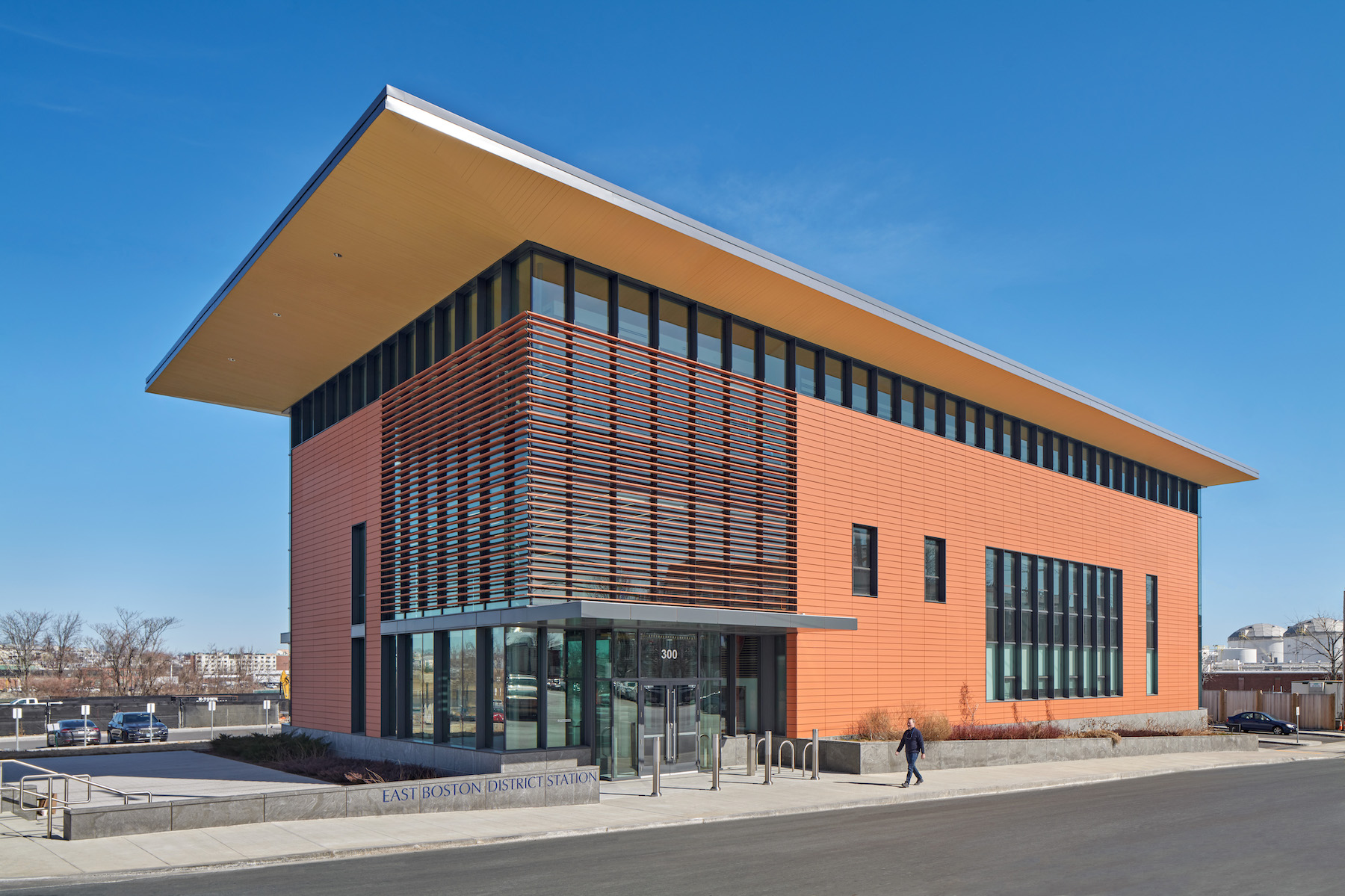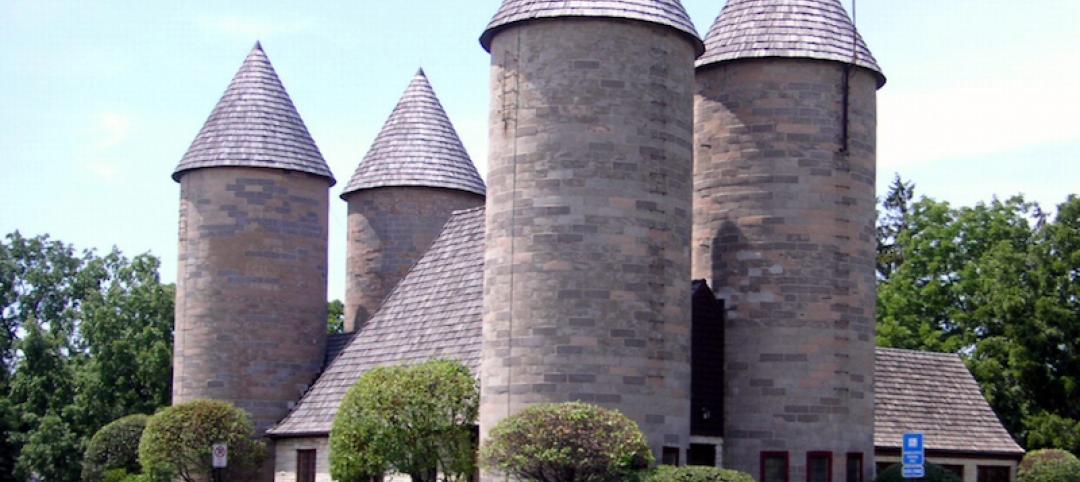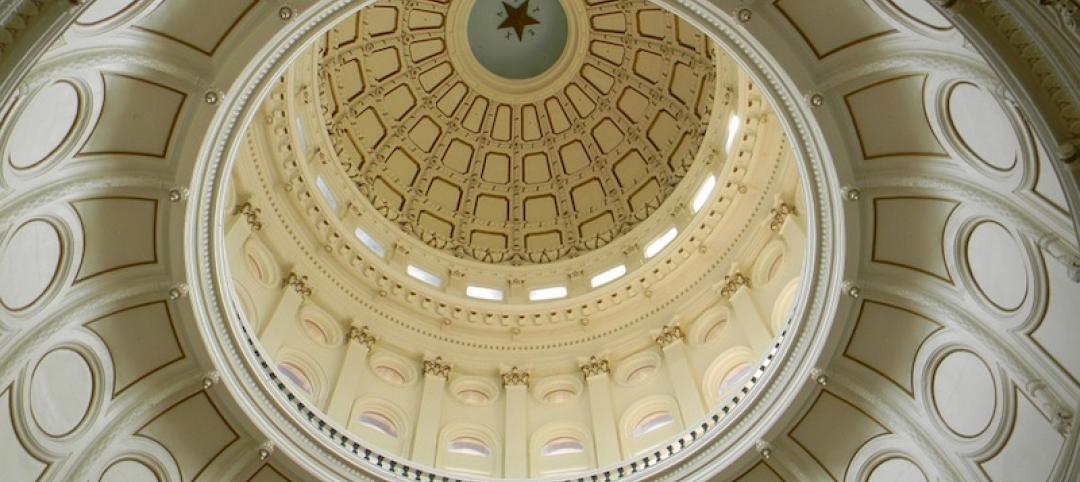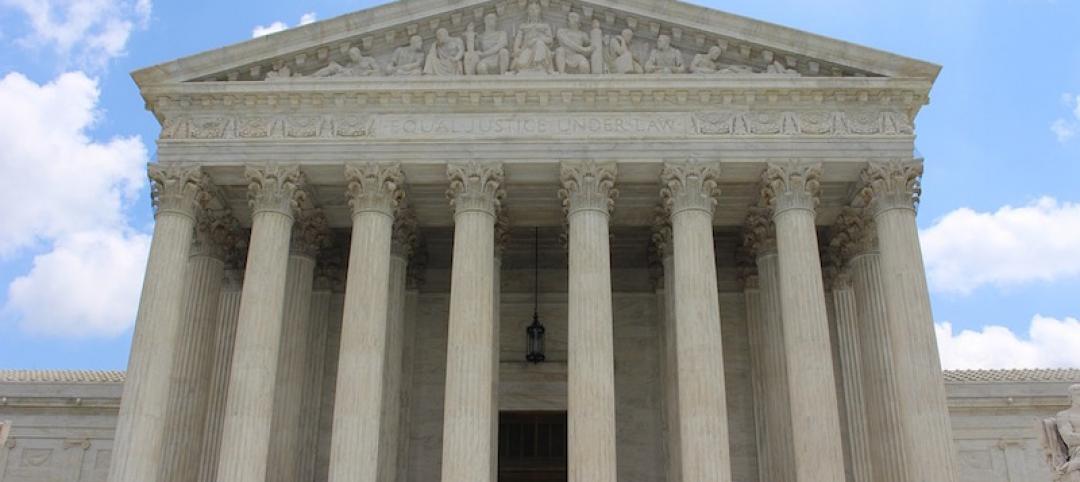A 2022 Gallup poll found that only 45 percent of surveyed American adults was confident in the police as an institution, down five percentage points from the previous year. That level of confidence dropped to 30 percent among non-white Americans polled.
Mistrust of the cops, exacerbated by high-profile incidents of law enforcement turned abusive and deadly, is not a problem with one answer, nor can appearance be a substitute for real reform. But can a building for whose design a community weighs in be part of the solution?
When the new Area 7 police station opened in East Boston, Mass., last January 1, it represented Beantown’s first new station in more than a decade, and as importantly a symbol of that city’s efforts to improve the relationship between its police force and the public at a time when community relations—in Boston as across the country—have been fraught with enmity.
Leers Weinzapfel Associates (LWA) designed the $25 million 27,500-sf East Boston District Station in collaboration with the City of Boston Public Facilities Department. The design followed several public meetings to hear the community’s opinions about the project, public safety, traffic, and accessibility, according to the boston.gov website, which reported the total cost for this project at $29.9 million.
“An investment in our municipal buildings is an investment in our City workers and our residents. This new state-of-the-art station provides the working environment our officers deserve and creates a more accessible experience for the local community,” said Boston’s Mayor Michelle Wu when the station opened.
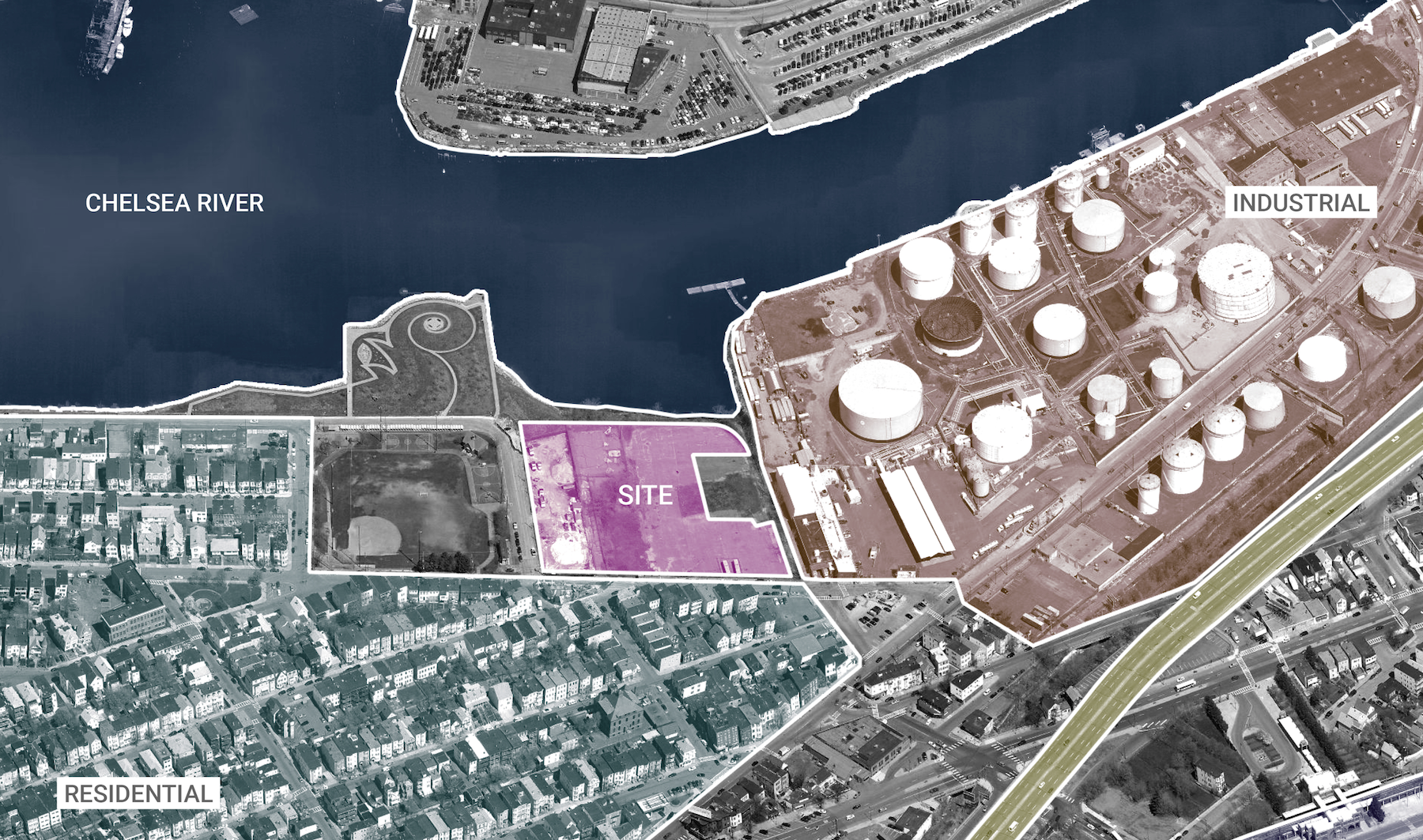
A less threatening and efficient environment
The new station was moved from the old station's location to enhance community access, improve dispatch response times by being closer to main transport arteries, and to serve as a sustainable, resilient facility (it’s certified LEED Silver) along the Chelsea River, where the building is positioned as a kind of “mediator” between this urban neighborhood’s industrial, commercial, and residential landscapes.
According to LWA, the station’s granite and terracotta structure responds to the scale of surrounding residential and public buildings. A corner of the station features a glass entry, lobby, and community room that coalesce to form a sun-filled public zone. Within the building, occupied spaces maximize daylight and views. Front supervisory desks have views of public areas and connections to police operations and detention zones. (The main building houses police operations, detective offices, a guard room, and lockers. Secure detention areas are in the rear of the building.)
“We saw this project as an opportunity to architecturally address the hot-button issue of community policing elevating the spaces, and therefore the experiences, where the police and those they serve come together,” said Josiah Stevenson, LWA’s Principal-in-Charge, in a prepared statement.
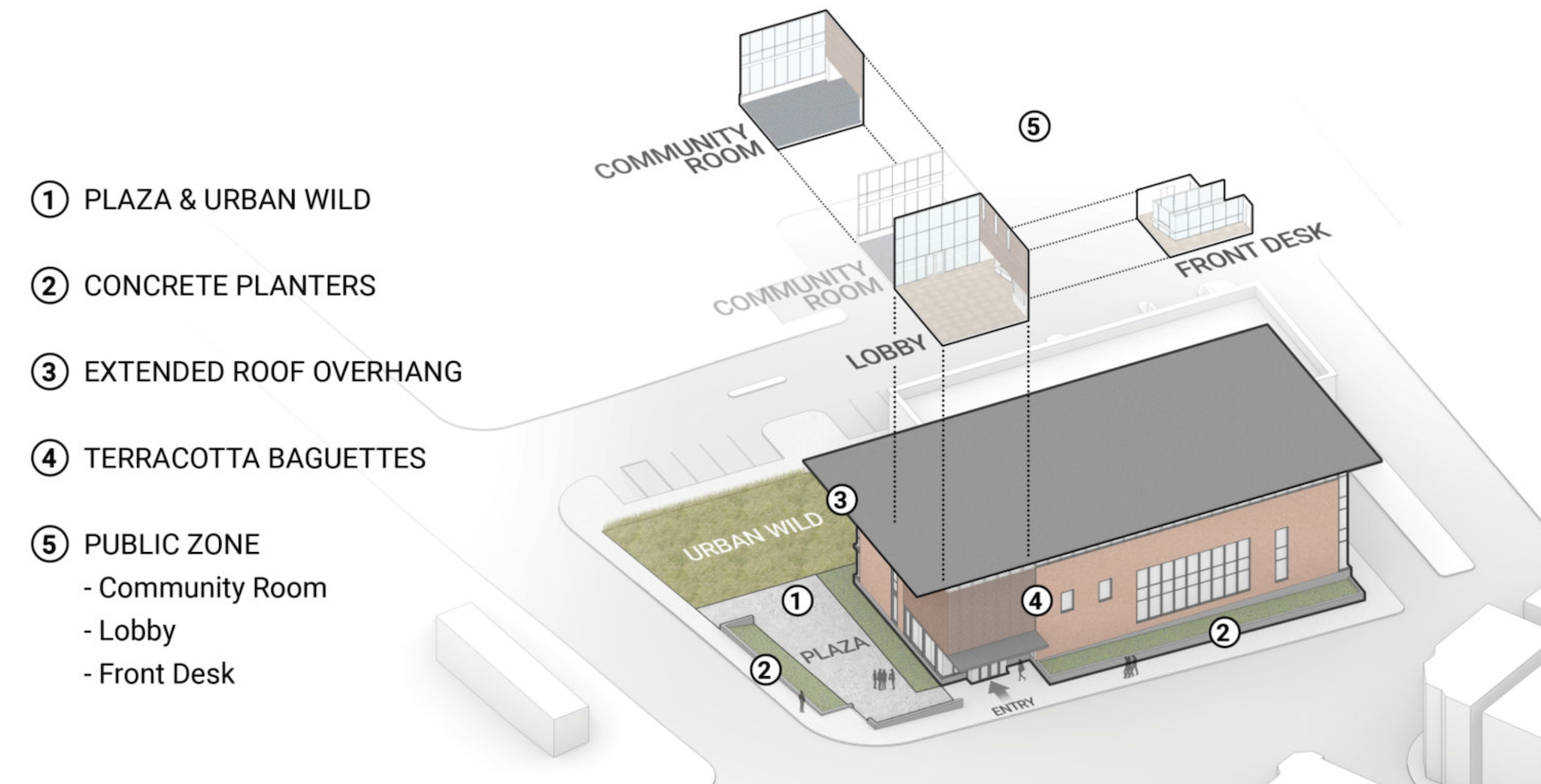
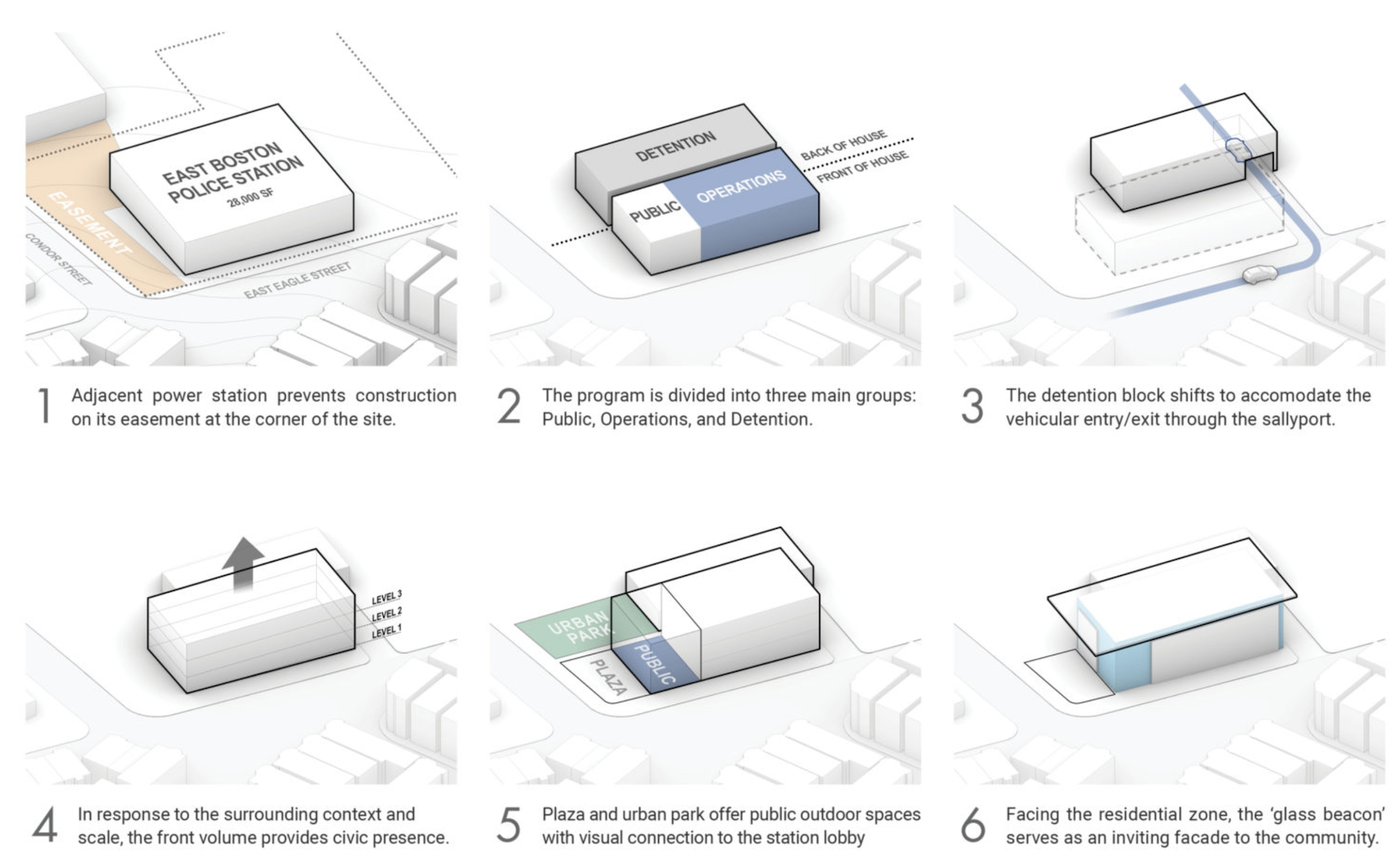
Stevenson elaborated that the Building Team—which included the structural engineering firm LeMessurier and general contractor J&J Contractors—created a double-height interior and used “warm” materials. The station’s site makes the most of views of the nearby creek and public plaza. A series of glass sculptures, dubbed “Unus Mundus” (”One World”) by its artist Monika Bravo, further accentuates a welcoming environment.
The new facility includes stormwater management and energy efficient systems.
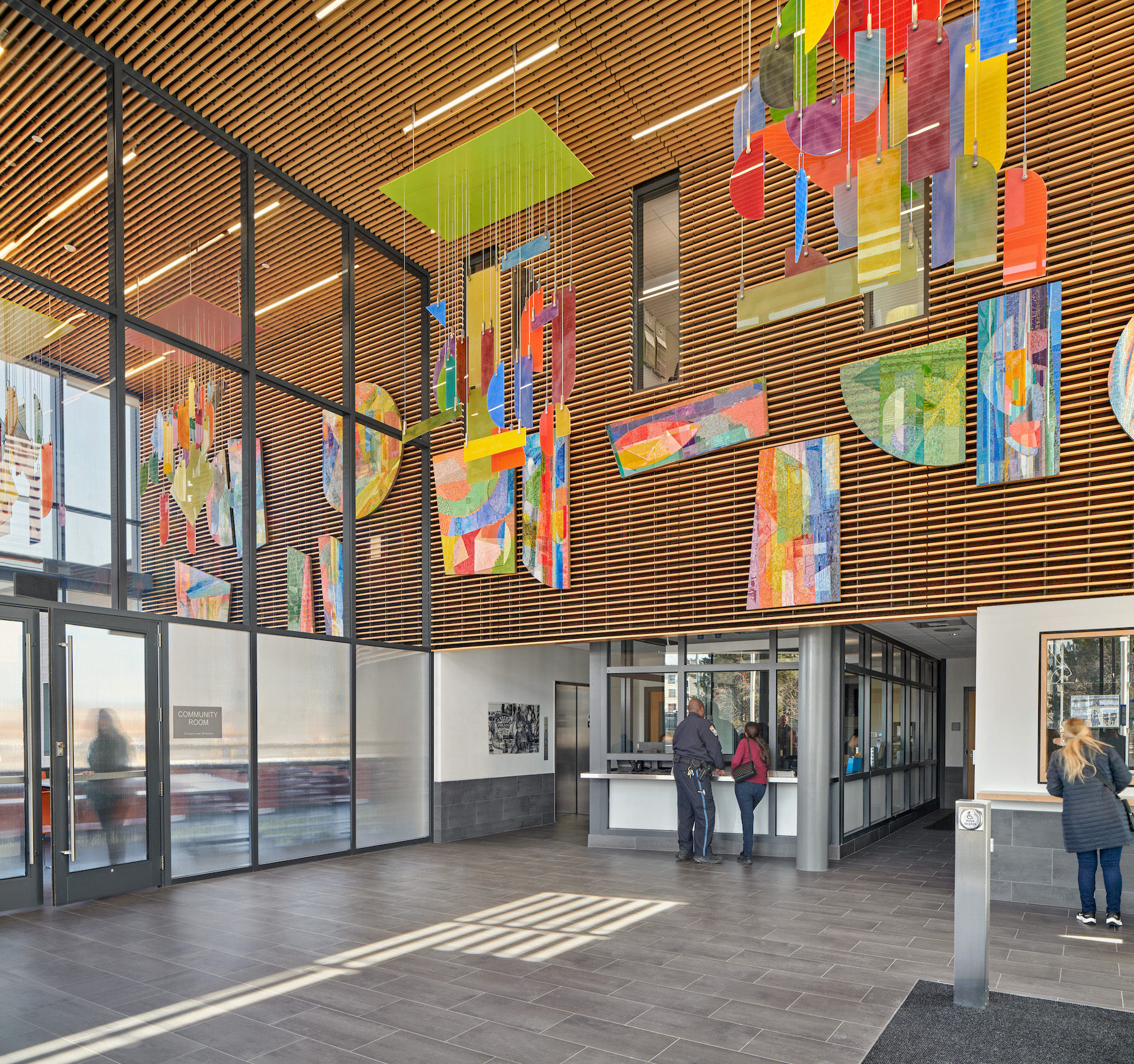
Right after the police station opened, Mayor Wu announced the allocation of $25 million for a new community center in Boston’s North End neighborhood. Last year, Wu announced a $2 billion plan to make the city’s public schools greener through new construction and renovation.
Related Stories
Cultural Facilities | Dec 14, 2016
Institutions aggressively targeting private donors to fund construction projects
Capital campaigns abound, even though government financing still plays a vital role.
Government Buildings | Dec 1, 2016
Unlocking innovation in the government workplace
Government work settings ranked the lowest in their effectiveness across the four work modes: focus (individual) work, collaboration, socializing (informal gathering that fosters trust and teamwork) and learning.
| Sep 1, 2016
COURTHOUSE GIANTS: A ranking of the nation's top courthouse design and construction firms
DLR Group, NBBJ, Hensel Phelps, Sundt Construction, AECOM, and Dewberry top Building Design+Construction’s annual ranking of the nation’s largest courthouse sector AEC firms, as reported in the 2016 Giants 300 Report.
Cultural Facilities | Aug 27, 2016
Yellowstone Park Foundation receives $1 million donation from Toyota
The money will support new eco-friendly and efficient buildings on the park’s Youth Campus.
| Aug 18, 2016
LOCAL GOVERNMENT GIANTS: A ranking of the nation’s top design and construction firms in local sector work
HOK, Stantec, Turner Construction Co.,Clark Group, AECOM and STV top Building Design+Construction’s annual rankings of the nation’s largest local government sector AEC firms, as reported in the 2016 Giants 300 Report.
| Aug 18, 2016
STATE GOVERNMENT GIANTS: A ranking of the nation’s top design and construction firms in state sector work
CannonDesign, Stantec, Turner Construction Co.,Mortensen Construction, WSP | Parsons Brinckerhoff and AECOM top Building Design+Construction’s annual rankings of the nation’s largest state government sector AEC firms, as reported in the 2016 Giants 300 Report.
| Aug 18, 2016
FEDERAL GOVERNMENT GIANTS: A ranking of the nation’s top design and construction firms in federal sector work
Page, EYP, Fluor Corp.,BL Harbert International, and AECOM top Building Design+Construction’s annual rankings of the nation’s largest federal government sector AEC firms, as reported in the 2016 Giants 300 Report.
| Aug 15, 2016
MILITARY GIANTS: Cross-laminated timber construction gets a salute from the Army
By privatizing the construction, renovation, operation, maintenance, and ownership of its hotels the Army expects to cut a 20-year timetable for repairs and replacement of its lodging down to eight years.
| Aug 15, 2016
Top 40 Military Engineering Firms
Jacobs, AECOM, and Burns & McDonnell top Building Design+Construction’s annual ranking of the nation’s largest military sector construction and construction management firms, as reported in the 2016 Giants 300 Report.
| Aug 15, 2016
Top 40 Military Construction Firms
Fluor Corp., The Walsh Group, and Hensel Phelps top Building Design+Construction’s annual ranking of the nation’s largest military sector construction and construction management firms, as reported in the 2016 Giants 300 Report.


